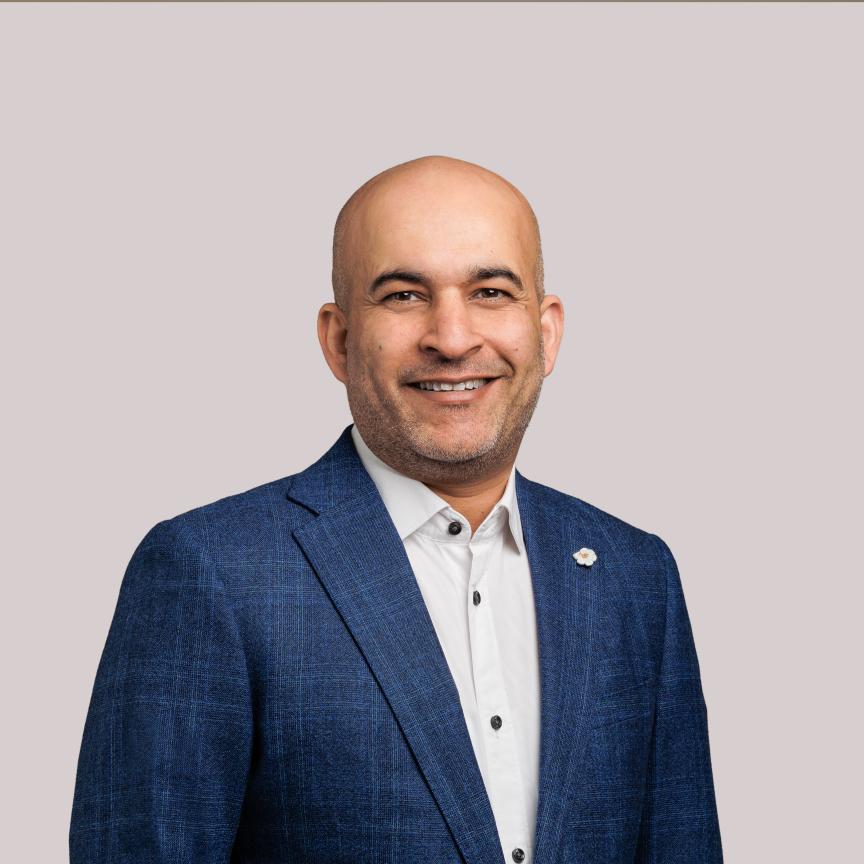Photonics100 honoree Gabriella Gardosi presents her work entitled 'Translation and reconfiguration of SNAP microresonators using optofluidics' at Photonics West this afternoon from 3:10pm - 3:30pm PST at the Moscone Center, Room 204 (Level 2 South).
The work builds on Gardosi's previous research in which she discovered a new method for fabricating ultralow-loss optical microresonators.
We caught up with Gabriella at the end of 2022 during the Photonics100 judging process.
The full list of Photonics100 honorees can be found at www.electrooptics.com/thephotonics100
What is the next big thing in your area of photonics research?
I am working in a space where fluid can be used to control light and light used to control fluid, otherwise known as optofluidics. I use whispering gallery mode light and I combine it with microfluidics.
The unique technology I am developing has two avenues of pursuit. Firstly, in the fabrication of optical devices with picometre precision, an unmastered challenge for those of us working in microphotonics technologies. We are developing microphotonic circuits and devices, which in addition can be tunable and reconfigurable for applications in optical signal processing. Secondly, whispering gallery mode spectroscopy is extraordinarily sensitive and can be applied to the understanding of interactions at solid-liquid interfaces.
This technique can be applied to food technology, for example, to probe the safety of current or future packaging for food and drink.
What do you think the biggest challenges in your area will be over the next year?
The commercial fabrication of microphotonic devices with picometre precision is certainly the most significant challenge in this area.
What is the biggest personal challenge you have overcome?
Especially in new situations, sometimes it bothers me to be the only woman in the room. It causes me to spend more time thinking about how to conduct and present myself. That can become a real mental drain when I just want to focus on the science. In that position, things can amplify in your mind and set you back. Conversely, the smallest kind word or act can mean the world. So, I try to carry that idea with me for others.
What advice would you give to someone embarking on a career in photonics research?
Photonics is a truly innovative and growing field. While that is exciting, it can also be complex and overwhelming, which is why I think it is a good idea to find an area of photonics that resonates with you. Once you narrow focus and try to understand a particular area deeply, you can take your investigations much further.

Electro Optics' Mark Elliott congratulated Gabriella on her inclusion in The Photonics100 when she stopped by our booth at Photonics West
Also, when you join a university or institute, you often think about what that organisation can offer you. Equally at some point, it is worth considering what you can bring that is unique to that organisation. I think it is important to stick your neck out sometimes and initiate a journal club, society or an event. By doing so you create the culture you wish to be a part of, you are known for the passion you share and you become a beacon for relevant opportunities. For example, four years ago I started a student society at Aston University called WEST (Women in Engineering, Science and Technology). To this day, WEST creates a safety web addressing the particular challenges a woman in STEM can encounter. Whatever time and efforts I put into WEST still pays dividends today, because that community inspires me and lifts me up.
Who has been the biggest help to you in your career?
Hands down the biggest support to my career is my P.I., Professor Misha Sumetsky, who infuses both fun passion and seriousness into research. I feel very lucky to be in a nurturing environment which pushes me to do the best I can.
Where can people find you online?
I can be found on Twitter, LinkedIn, and Research Gate.


